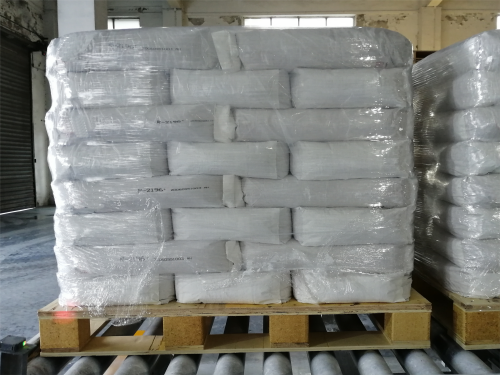Welcome to Linyi Kemele Co., Ltd
Titanium Dioxide/ Rutile

Other names: Rutile/Titanium Dioxide
Molecular formula: TiO2
CAS No.: 13463-67-7
Main crystal forms: rutile, anatase, etc.
Mohs hardness: 6-7, 5.5-6
Melting point: 1840 ℃
Boiling point: 2900 ℃
Permittivity: 114~31nF
Water solubility: soluble in hot concentrated sulfuric acid, hydrochloric acid, nitric acid
Thermal conductivity: 1.809~10.3
Density: 4.26 g/cm³
Performance: Semiconductor
Hardness: According to the 10-point Mohs hardness scale, the rutile titanium dioxide is 6~6.5, and the anatase titanium dioxide is 5.5~6.0. Therefore, anatase is used in chemical fiber extinction to avoid wear and tear on the spinneret holes.
Melting point and boiling point: Since both anatase and brookite titanium dioxide transform into rutile at high temperature, the melting and boiling points of brookite and anatase titanium dioxide actually do not exist. Only rutile titanium dioxide has a melting point and a boiling point. The melting point of rutile titanium dioxide is 1850°C, the melting point in air is (1830±15)°C, and the melting point in oxygen-rich environment is 1879°C. The melting point is related to the purity of titanium dioxide. The boiling point of rutile titanium dioxide is (3200±300) K, and titanium dioxide is slightly volatile at this high temperature.
Uses: The dielectric constant and semiconductor properties of rutile titanium dioxide are very important to the electronics industry. This industry uses the above characteristics to produce electronic components such as ceramic capacitors.
Industrial application: Titanium dioxide is an important white pigment and porcelain glaze. Used in paint, ink, plastic, rubber, paper, chemical fiber, watercolor paint and other industries.
PIC: Pepper Wang
Email: km12@kmchem.com
WhatsApp/Mobile: +86 15563229915
Prev: iron oxide